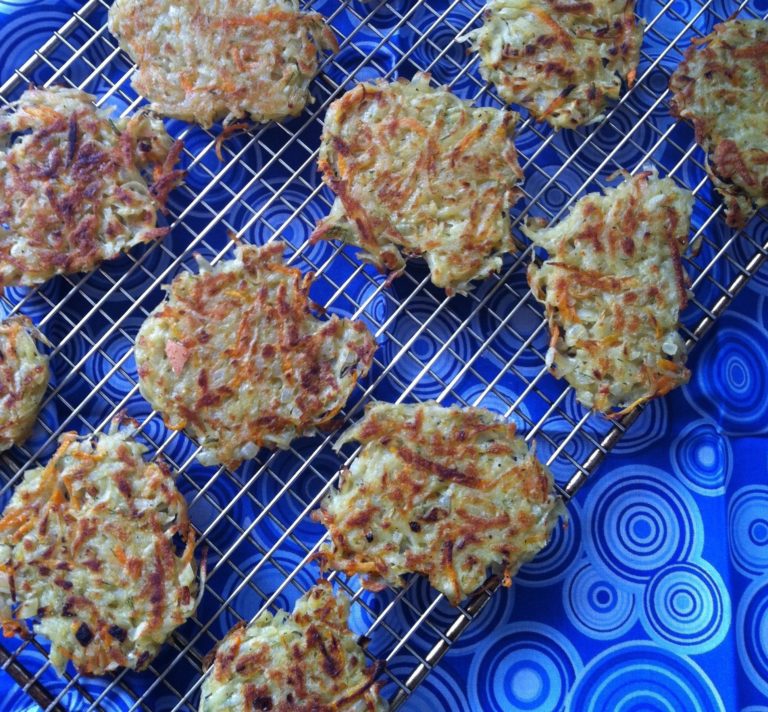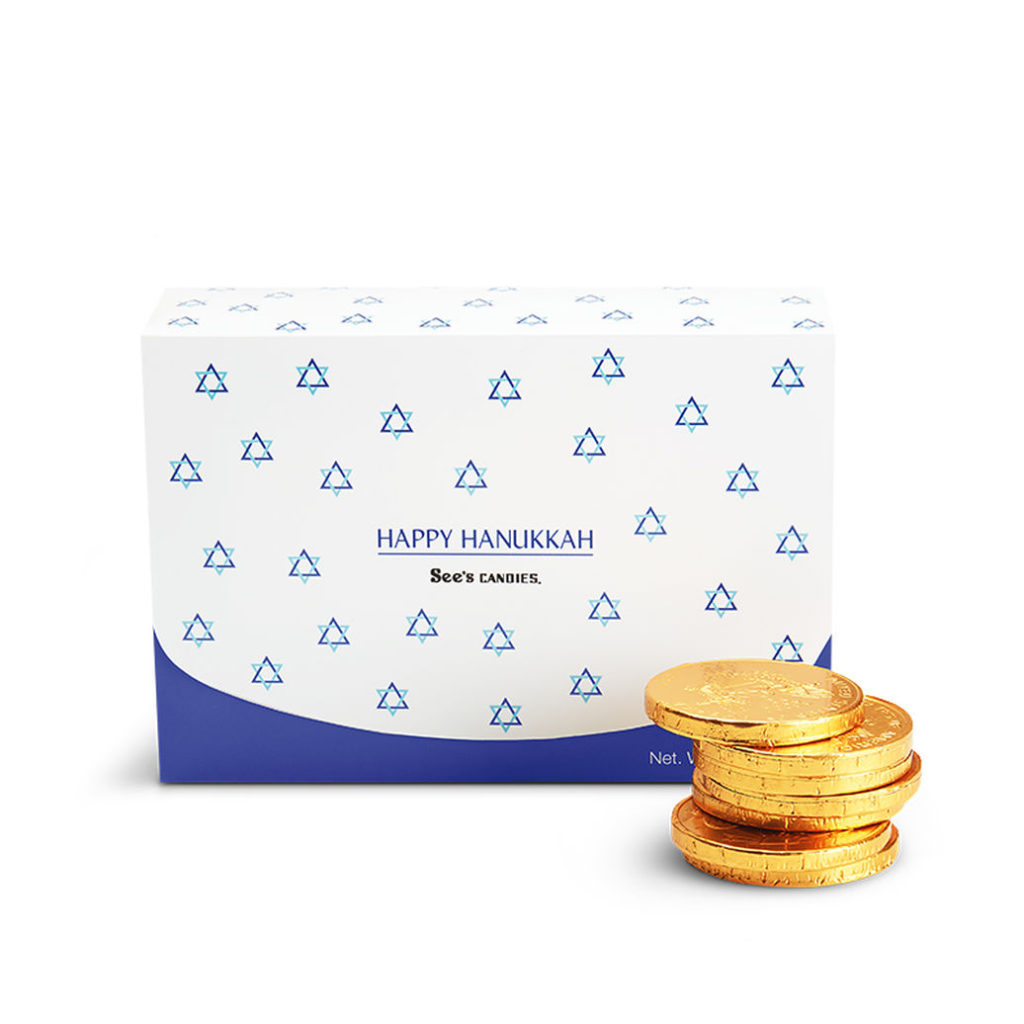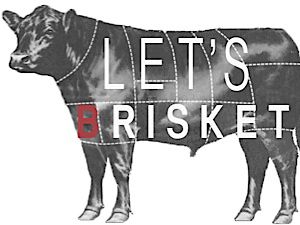
1.) Eating latkes during Hanukkah has ties to the seasonal slaughtering of geese
Foods cooked in oil are traditionally associated with the holiday because of the religious symbolism, but one theory for why latkes became popular at this time of year (other than being delicious) had to do with the seasonal availability of cooking oil for common people.
“Let’s examine the real history of latkes. First, the recipe was not created until the end of the 18th or early 19th century. Although potatoes were introduced to Europe in the 16th century, it took close to two hundred years before the edible tuber made its way from animal fodder to prison food, and then to sustenance for the masses, especially the poor. The real reason for latkes is explained by the traditional activity of slaughtering the geese in early December.
For three months before slaughter, geese were slowly and methodically fed at increasing intervals and quantities to fatten them to excess. In fact, it was French Jews who were most influential in the foie gras industry because of this knowledge. Goose feathers and down were used for warmth, the meat was preserved as a confit for winter consumption, and goose fat was rendered to provide cooking oil for most of the year. Even a poor person could find a potato in the field, an onion in the cellar, and some of the precious, newly-rendered goose fat to create the Hanukkah culinary story of ‘Neis gadol hayah sham’―A great miracle happened there.”
2. Applesauce vs. Sour Cream
Some people prefer the sweetness of applesauce with their latkes, while others opt for savory sour cream. But why the divide? Other than taste preferences, since latkes are traditionally served at dinnertime and often with a meaty meal like brisket, families who keep kosher wouldn’t eat their latkes with a dairy product like sour cream because you can’t have beef and dairy in the same meal.
But dairy products have also been traditionally associated with Hanukkah, hence the popularity of eating them with sour cream. In fact, early latkes weren’t made from potatoes, but were made from cheese:
Of course we associate potato latkes with Hanukkah, but in reality latkes descends from Italian pancakes that were made with ricotta cheese. The first connection between Hanukkah and pancakes was made by a rabbi in Italy named Rabbi Kalonymus ben Kalonymus (c. 1286-1328). According to The Encyclopedia of Jewish Food by Gil Marks, the Rabbi included pancakes “in a list of dishes to serve at an idealized Purim feast, as well as a poem about Hanukkah. After the Spanish expelled the Jews from Sicily in 1492, the exiles introduced their ricotta cheese pancakes, which were called cassola in Rome, to the Jews of northern Italy. Consequently, cheese pancakes, because they combined the two traditional types of foods–fried and dairy–became a natural Hanukkah dish.”
Potato latkes are a more recent Ashkenazi invention that gained popularity in Eastern Europe during the mid 1800′s. A series of crop failures in Poland and the Ukraine led to mass planting of potatoes, which were easy and cheap to grow. But before potatoes came on the scene, the latke of choice was cheese.
3. Brisket
Brisket makes a regular appearance on many family tables during the holiday. Brisket is kosher because it is from the front of the animal, and because of the lengthy cooking time needed to soften the cut, it makes for a perfect special occasion meal.
4. Union Made Hanukkah
Whether its helping customers shop for seasonal goods or making the foods we enjoy during the holidays, UFCW members are proud to be part of the traditions that are so important to our communities. Keep your eyes out for these UFCW-made products:
- Mott’s and Lucky Leaf applesauce
- Country Fresh and Horizon sour cream
- See’s candies chocolate coins


